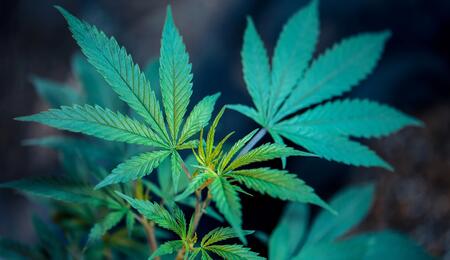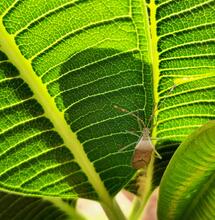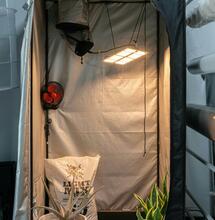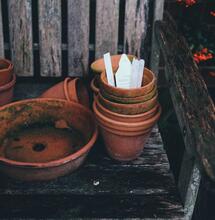The Flowering Stage

By Stoney Tark
Plants Stretching Too Much
A grower’s ability to control the stretch is based on a number of things, ranging from genetics, set up, experience and environmental factors. The plants will stretch from the point of receiving 12/12 and the during week 1-3 is when the plants can double and almost triple in size. What can be done to prevent a tall, lanky plant is to apply relevant training just before the transition stage to flowering. Additionally pruning the lowest parts below the top nodes, will ensure your plant produces on top heavy flowers.
How much Nitrogen, Phosphorus and Potassium?
One interesting fact is that Cannabis plants use as much Nitrogen as they do Potassium. Completely cutting out Nitrogen and applying heavy P.K boosters is not the best idea and can lead to other problems later down the line. Many growers often choose to transplant into a flowering mix which is more custom to a higher ratio of available P and K.
The Tips Of My Leaves Are Burnt Orange
If your plants are growing well in accordance to your feeding schedule, however there is a noticeable bright orange burn at the tips of the fan leaves and newest leaves, then this is due to nutrient burn. Often caused by chemical fertilisers or an organic nutrient that was too heavy for the plant’s stage. When this happens you should hold back on the nutrients and feed only water to allow any remaining nutrients the ability to be dissolved by water and used by the root zone.
I Have Powdery Mildew Growing On My Leaves
When powdery mildew enters the grow room, it can take a while for a grower to take any notice of it, due to the nature of the fungus. Close up under a microscope, the mildew spore has actually attached itself to the surface of the leaf tissue. Once it has attached itself, it will spread throughout the rest of the garden attracted by moisture and poor air flow. A way to combat a powdery mildew infestation to use hydrogen peroxide and wash away, U.V light or an acidic base such as lemon juice. Poor air circulation and high moisture content are the primary causes of mildew to enter the garden from outside.
Spider Web On My Plants
Often the worst case scenario for any grower and especially late on in the flowering stage. Losing a crop to spider mites is the absolute worse and sometimes cannot be avoided. If you notice spider webs forming on your plants, then they will have entered the grow room through untreated clones, clothing or through your air vents. Never use chemical pesticides and research predators that can be bought online to combat the spider mites.
Lower Popcorn Nugs Forming
We all hate lower schwag and not only are they are pain to trim, they also take away energy from your preferred top buds. Many people use these buds for making hash or emergency smoke, however you should think about pruning all of the lowest parts of the plants to avoid this happening. Stripping the branches almost bare will not only allow the top growth to be the only focus, it will also improve air flow,cool temperatures down and prevent bugs and pathogens thriving..
How Dry Should The Air Be After 12/12?
Cannabis plants will produce trichomes as they react to the light source and the humidity in the air. Aim for a humidity between the transition stage of 50% and reduce to 30% from week 3 and keep it there. This is important as it will push the plants to their maximum resin production and cannabinoid profiles, as well as keep pathogens at bay that need higher humidity environments to live. As long as the air circulation is plentiful and the relevant amount of air per hour is being recycled, you should find the happy medium between relative humidity, air flow and distance of the growing lights to the canopy.
My Buds Are Soft and Mouldy!
The main reason your buds are soft, mushy and mouldy is because the air flow is not adequate and the humidity in the grow room is far too high. One problem many growers face is mould and mildew forming late in the flowering stage. A good way to prevent this from happening is to ensure the buds are not touching one another, or the walls of the tent and make sure the air flow in the garden remains the same rate as when it was during lights on. Keep your exhaust fans on after lights out, to avoid a build up of heat that cannot escape, turning to moisture amongst the plants.



.png)